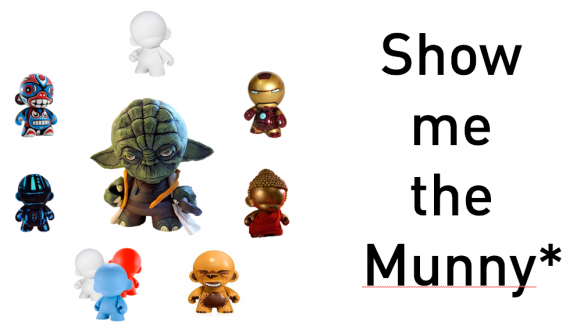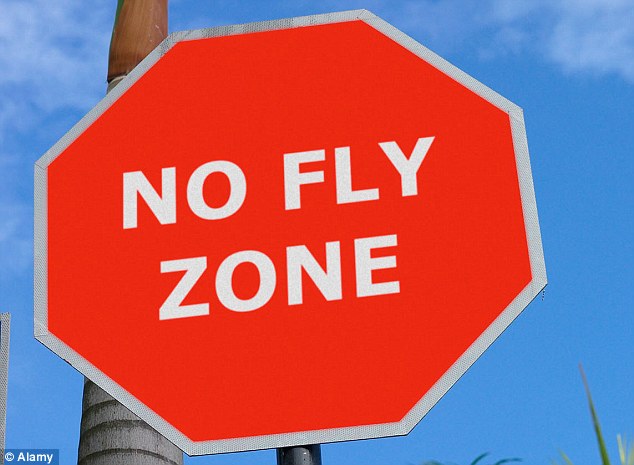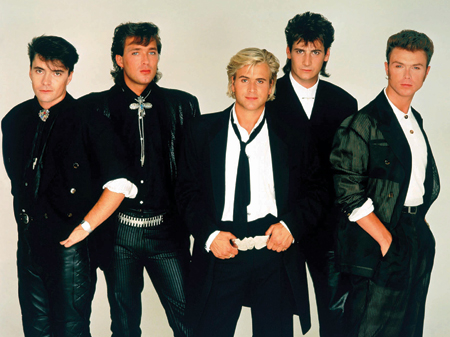nounplural noun: plenaries
If I am honest, and rather embarrassed, the above definition is pretty much what I thought ‘plenaries’ meant.
nounplural noun: plenaries
From the Googled definition you can see why plenaries have been tagged as an end of lesson task. Of course plenaries should not be kept for the lesson conclusion, and take place throughout the lesson, promoting consolidation, reflection and the assessment of the learning happening right here, right now. After all there is little point proceeding on from the mid point, if the students simple don‘t get it. Go ahead, stick a whopping arrow on your IWB and dictate that the class has made progress by moving from here to here, or you can interrogate their understanding and decide where next to go, even if that means going back to the starting point. Plenaries are critical, less sexy that AFL maybe, however, critical. Plenaries should still present a learning opportunity, whilst sign posting the teaching, and deserve our attention.
A good while back now, along with 275,953 others, I stumbled upon Mike Gershon’s ‘Plenary Producer’ on the TES. I read through megalithic Powerpoint, and then proceeded to road-tested the numerous plenary techniques; keeping the one’s that worked for me and mercilessly deleting the ones that didn’t, mean time, adding sketchy notes on any new plenary ideas I magpied here and there. It took well over two terms to try them all, mainly because students wanted to replay their favs (15-1 on Triptico Cardboard a firm Yr11a3 favourite) and new plenaries were initially ‘unwelcomed.’
Last October half term I started to build my own ‘Plenary Producer,’ categorising the techniques using… Munny’s*; the plenaries categorised; vanilla (simple but effective), creative, tech, team, go-ape (not for the faint hearted, can get a bit lively), Buddha (thought provoking) and robotic (logic or sequential). It was a relatively slow process, a few techniques updated here and few there. It was not particularly high on the todo list.
 *Munny – small figures sold blank so that the owner can decorate and make their own.
*Munny – small figures sold blank so that the owner can decorate and make their own.
So, during the summer I dedicated a couple of day to writing up the new plenaries ideas (lots of Triptico goodness in there) and tarting up and refreshing the “tried and tested” plenaries (mostly from Mike Gershon’s original Plenary Producer).
With the new plenary ideas nearly finished, the Munny categories nearly coded, Phil Beadle strides on in with his ‘easy-to-set-up activities that make plenaries engaging and worthwhile’ all presented in a very polished book. And by all accounts in the Twittersphere, it is a rather enjoyable read.
Although Phil mockingly sarcastically truculently suggests that plenaries have been overlooked, I am concerned that children know what they ‘learn(t) today.’ Arguably so where the other 275,948 / 2 (I’ve viewed the TES page a few times recently) or so teachers, though not giant enough to get stuck in like Phil. And like Phil I also had the quote
And like Phil I also had the quote
The plenary is poorly used if it is simply a bolt-on-extra which provides an opportunity for groups of pupils to present their work daily; it is essential time for making sure that pupils have grasped the objectives and made progress, so that the next lesson can begin on firm foundations. – Ofsted.
lined up from The National Literacy Strategy. According to Ofsted:


